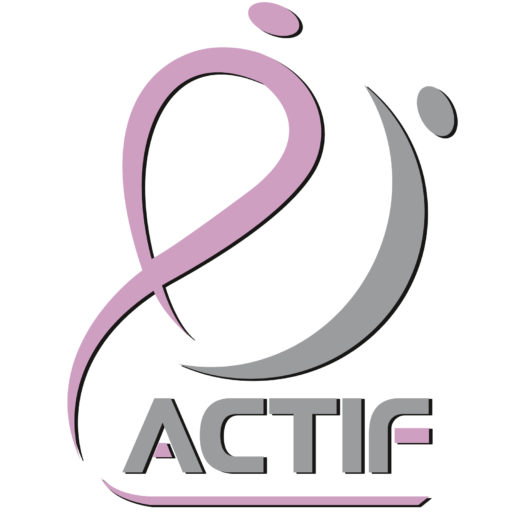
By nature, women face a triple threat of risk factors when it comes to arthritis.
Experts estimate that almost 27 million people in the United States have osteoarthritis, and that about 60 percent of them are women. Before age 55, more men tend to have osteoarthritis, but after age 55 the number of women with the condition far surpasses the number of men.
Men are more prone to experience arthritis in their hips, while women tend to have it in the knees or hands.
There are several reasons why these differences occur. They include:
- Biology. Women’s bodies are designed to give birth, and that means the tendons in their lower body are more elastic than men’s. “As a result, the joints probably move around a little more,” says Yusuf Yazici, MD, a rheumatologist at New York University Hospital for Joint Diseases in New York. When the joints have less stability, they’re more prone to injury.
- Genetics. Osteoarthritis seems to run in families, and there appears in particular to be a genetic link among women. Women whose mothers developed osteoarthritis will probably find that they will develop it in the same joints at around the same age as she did, Yazici says. Researchers have found that hand and knee osteoarthritis have specific genetic links.
- Hormones. Researchers believe that female hormones have an effect on the cartilage that sits between the bones of the joints and cushions the bones to prevent pain and allow the joints to move about smoothly. In laboratory studies of cells that form cartilage, experts have found that the female hormone estrogen protects cartilage from inflammation, Dr. Shikhman says. Inflammation can lead to osteoarthritis. But after menopause, when women’s estrogen levels go down, they lose that protection and may have a higher risk of developing osteoarthritis even if they are on hormone-replacement therapy (HRT).
The study also found that women who started menstruating at age 11 or earlier had a 9 to 15 percent higher risk of needing hip and/or knee replacement surgery as an adult. Additionally, women who used hormone-replacement therapy after menopause were at significantly higher risk for hip and knee replacement surgery.
Giving birth was another risk factor for osteoarthritis found in this study. Researchers calculated that with each birth, the woman’s risk of needing knee replacement rose by 8 percent, and for hip replacement by 2 percent.
Although taking birth control pills seemed to have no effect on osteoarthritis risk, using HRT increased the risk that a woman would undergo knee replacement by 58 percent, and hip replacement by 38 percent.
Women—and all adults—can take steps to feel healthier and decrease their joint pain. If you’re struggling with ways to manage your arthritis or joint pain, act early instead of waiting for further complications.





Roscoe
Hi, after reading this amazing post i am also happy to share my
experience here with friends.